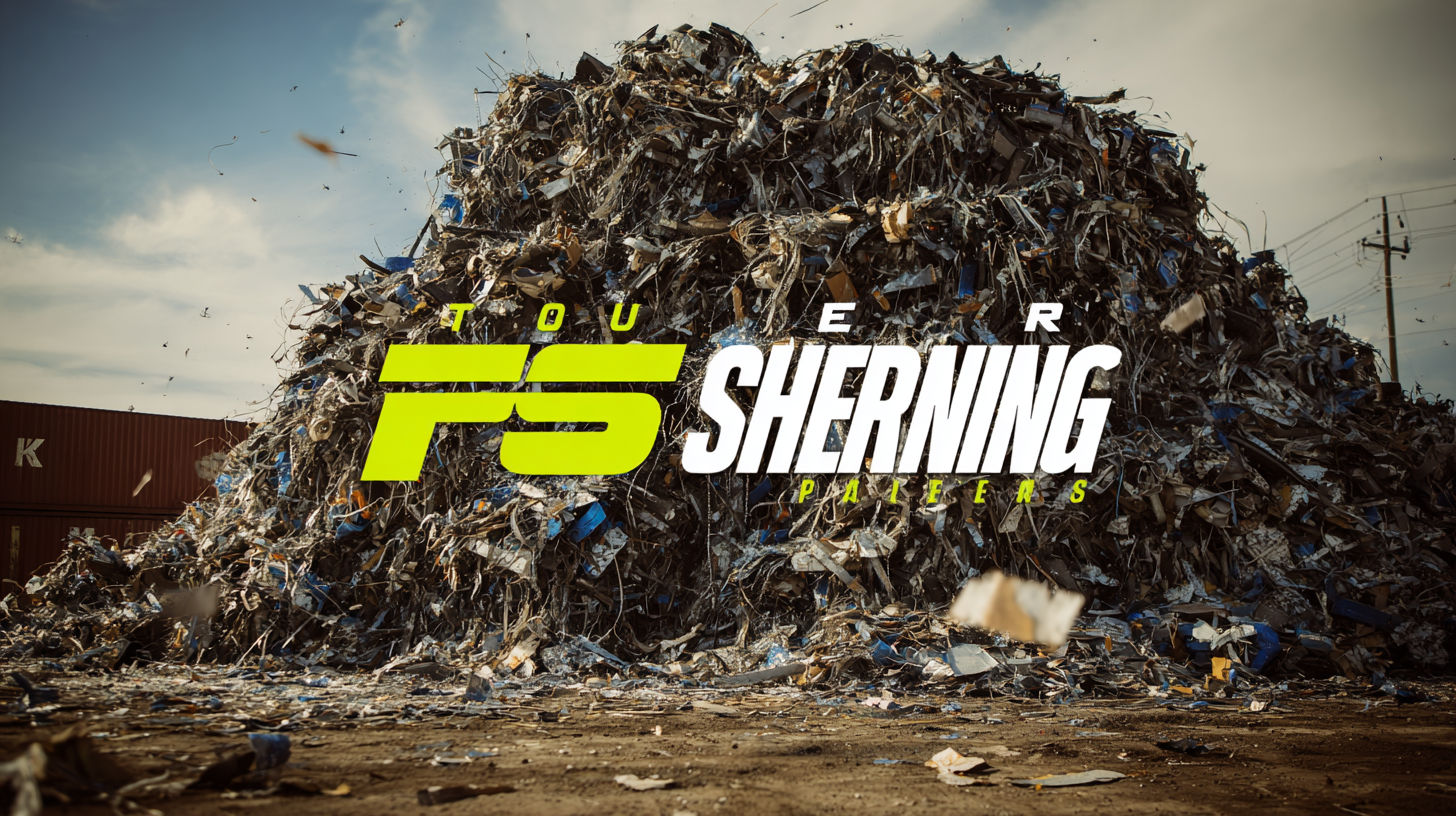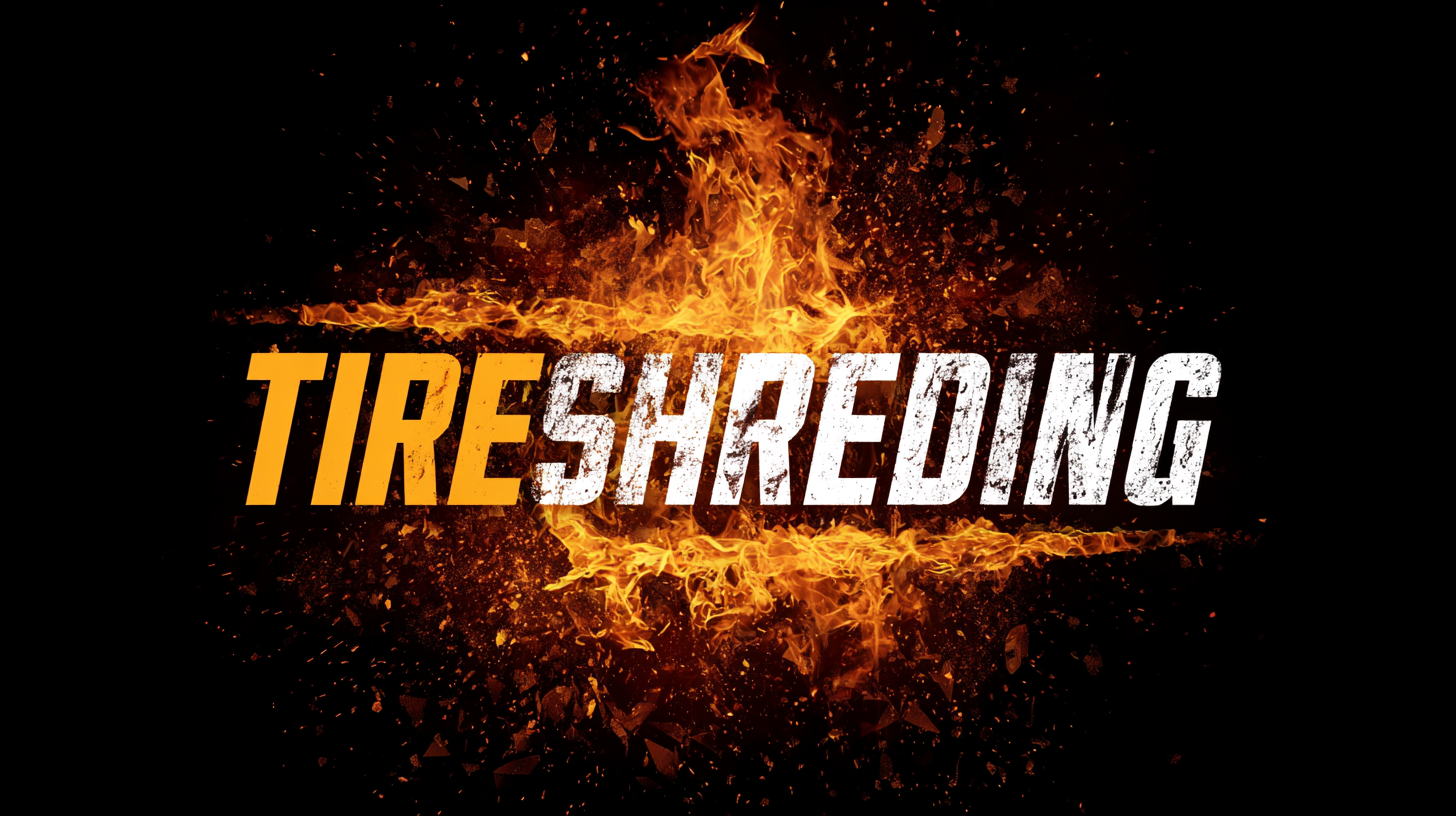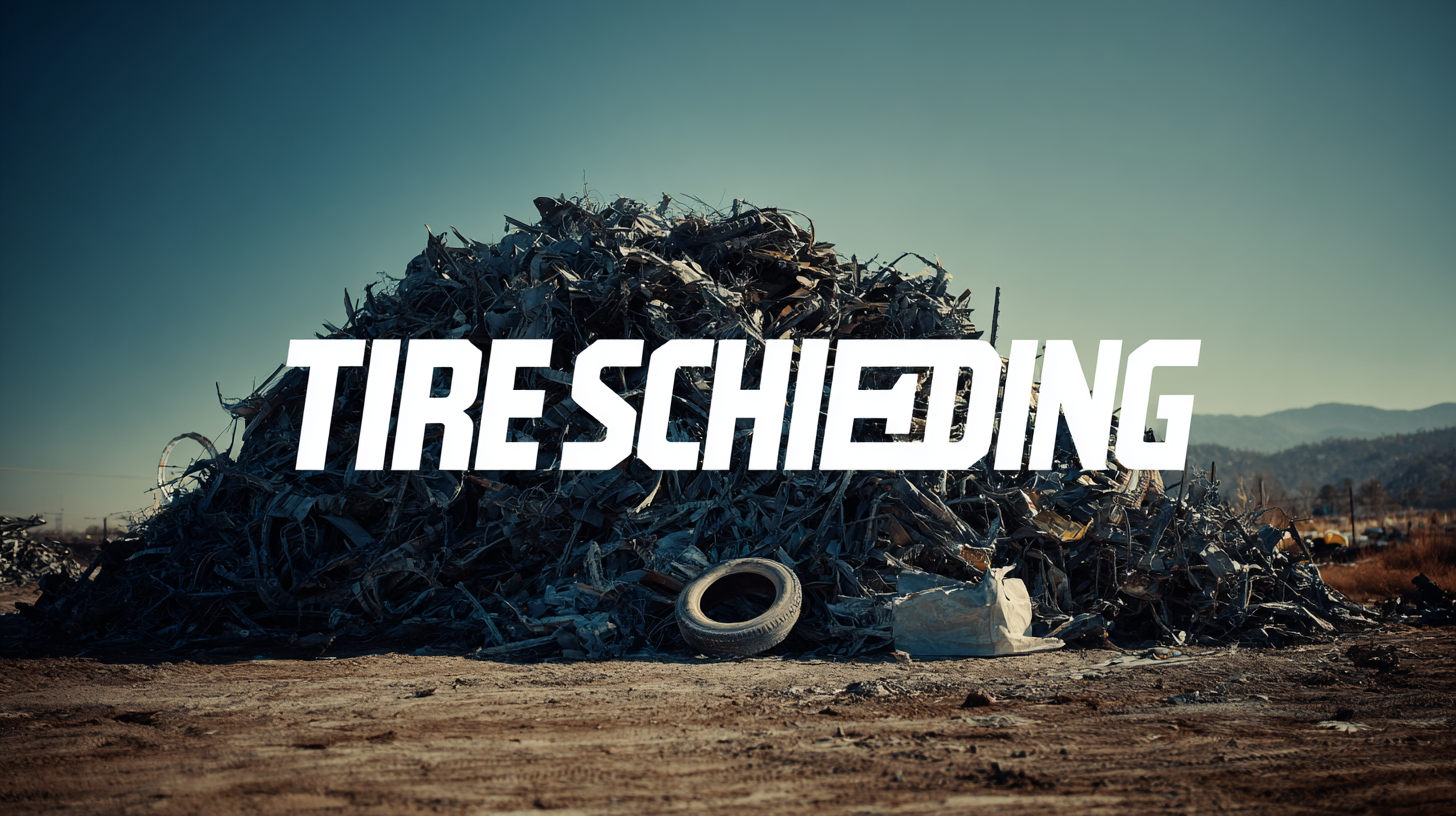In the ever-evolving recycling industry, tire shredding has emerged as a crucial process for managing waste tires and transforming them into valuable raw materials. According to the latest report from the Rubber Manufacturers Association, the United States generates approximately 300 million scrap tires each year, highlighting the pressing need for efficient tire shredding solutions. As businesses strive to adapt to environmental regulations and capitalize on the growing demand for recycled rubber products, selecting the right tire shredding equipment is paramount. Factors such as capacity, durability, and technology play significant roles in determining the efficiency and profitability of tire recycling operations. This blog aims to guide you through the process of choosing the best tire shredding equipment tailored to your unique business needs, ensuring you remain competitive in this dynamic industry.

When selecting tire shredding equipment for your business, several critical factors should be taken into account to ensure optimal performance and efficiency. First and foremost, assess the volume of tires you plan to process. Choosing a machine that aligns with your throughput requirements is essential; if you underestimate your needs, you may find yourself overwhelmed and underprepared. Conversely, opting for equipment that's too large can lead to unnecessary expenditures.
Another key consideration is the type of shredding technology suited for your operations. Different technologies, such as single-shaft, double-shaft, or granulators, offer various advantages depending on the desired end product. If your business model involves producing smaller rubber granules for specific applications, investing in a granulator may be more beneficial. Additionally, look for features like ease of maintenance, durability, and energy efficiency, as these will impact the long-term viability of your equipment. By taking these factors into account, you can make a more informed decision that aligns with your business goals.
| Feature | Description | Importance | Price Range |
|---|---|---|---|
| Throughput Capacity | Maximum amount of tires processed per hour. | Critical - Determines operational efficiency. | $10,000 - $50,000 |
| Type of Shredding | Single or dual shaft shredders suitable for various tire sizes. | High - Affects material quality. | $15,000 - $70,000 |
| Energy Consumption | Power required to operate the equipment. | Medium - Influences ongoing operational costs. | $5,000 - $20,000 |
| Maintenance Requirements | Frequency and cost of upkeep needed. | High - Impacts long-term budget and downtime. | $2,000 - $10,000 annually |
| Safety Features | Incorporated mechanisms to protect operators and equipment. | Critical - Ensures compliance and worker safety. | Included in overall price |
When considering tire shredding equipment for your business, it is crucial to understand the different types of tire shredders available and their specific applications. There are primarily two categories of tire shredders: single-shaft and dual-shaft shredders. Single-shaft shredders typically operate at higher speeds and are ideal for producing uniform shred sizes, making them suitable for applications requiring precise granulation, such as in the production of rubber crumbs for synthetic turf or playground surfaces. On the other hand, dual-shaft shredders offer a more robust solution for handling larger volumes of tires, capable of processing up to several tons per hour. Their lower speed and higher torque make them effective for reducing bulky tires into manageable pieces efficiently, which can then be further processed for material recovery.
Industry data indicates that recycling 1 ton of tires can prevent approximately 2,200 pounds of CO2 emissions, showcasing the significant environmental benefits of investing in effective tire shredding technologies. Facilities like Total Recycling Industries handle around 250,000 tires a year, emphasizing the growing demand for tire recycling solutions. With innovations such as portable shredders designed to increase productivity and integrated recycling systems, businesses can not only optimize their operations but also align with sustainability goals. Selecting the right tire shredder tailored to specific processing needs will enhance production efficiency and contribute positively to environmental efforts.
When selecting tire shredding equipment for your business, understanding the capacity and efficiency of tire shredders is crucial. The capacity of a tire shredder is often measured in tons per hour, with typical industrial models ranging from 1 to 20 tons per hour. According to a report by MarketsandMarkets, the global tire recycling market is projected to reach $6.84 billion by 2025, underscoring the increasing demand for efficient shredding solutions. Businesses need to align their equipment choices with their processing volume to ensure optimal operation and return on investment.

Efficiency goes hand in hand with capacity, affecting both operational costs and throughput. Look for tire shredders equipped with advanced technology such as hydraulic drives and automated controls. These features can improve efficiency by up to 30%, as highlighted in a study by ResearchAndMarkets, which indicates that adopting more efficient tire shredding technologies can reduce energy consumption significantly. Additionally, consider the design of the shredding blades and the overall machine stability, which play a pivotal role in achieving desired output and minimizing downtime. Businesses that invest in high-capacity, efficient tire shredders will not only enhance their operational productivity but also contribute to a sustainable recycling ecosystem.
When investing in tire shredding equipment, it’s crucial to consider not only the machinery itself but also the maintenance and support services that come with it. Regular maintenance is essential to ensure that your tire shredders operate efficiently and have a long lifespan. According to a report from Grand View Research, the global tire recycling market is expected to reach $10.4 billion by 2027, highlighting the growing need for reliable and efficient tire processing solutions. Investing in comprehensive support services can significantly enhance operational efficiency and reduce downtime.
Tip: Schedule routine maintenance checks to identify potential issues before they escalate. This proactive approach often results in cost savings, as well-maintained equipment tends to consume less energy and requires fewer repairs. It's recommended to maintain a log of all service activities, which can help you track performance trends over time.
Moreover, partnering with suppliers who offer robust support services can make a substantial difference. Many leading manufacturers provide training for your staff, ensuring they are well-equipped to handle daily operations and minor troubleshooting. According to the Tire Industry Association, specialized training can boost equipment efficiency by up to 30%, leading to better productivity and a quicker return on investment.
Tip: Always inquire about the availability of technical support when selecting your equipment. A supplier with a solid support network can minimize disruptions, ensuring your business remains competitive in the fast-evolving tire recycling industry.
When considering the acquisition of tire shredding equipment for your business, a thorough cost analysis and budgeting plan are essential to ensure a successful investment. The initial purchase price is only one part of the equation; ongoing operational costs, maintenance, and potential downtime must also be taken into account. Researching various models can help identify equipment that balances initial affordability with long-term reliability and efficiency, ultimately reducing the total cost of ownership.

